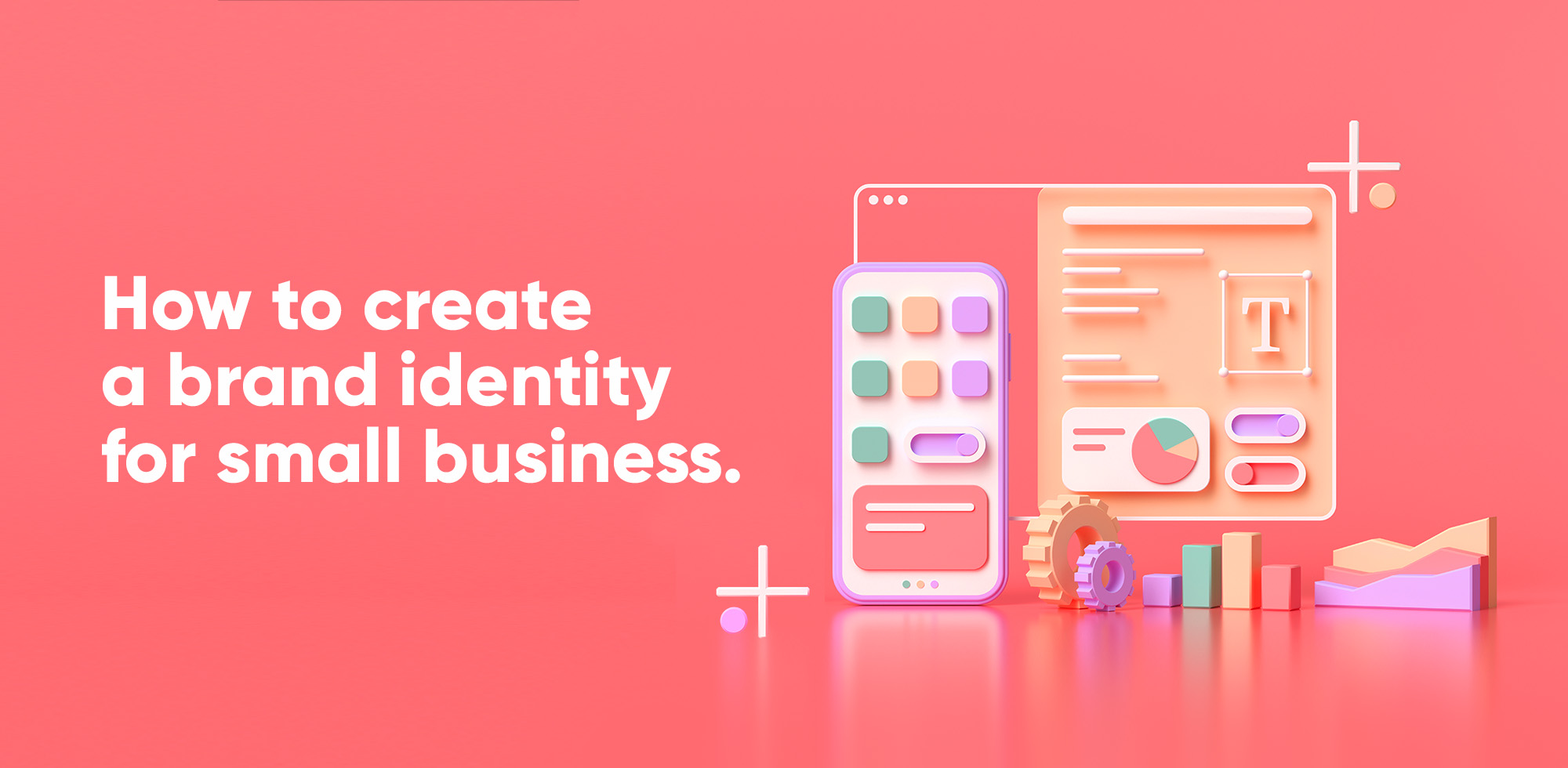Building a successful small business goes hand-in-hand with building a strong, authentic brand identity.
A brand is a business’s core identity and how it is perceived in the market. It’s how your business looks, feels and speaks to people. When it’s done well, branding is a powerful tool for building meaningful, human connections with your target customers, ultimately growing your market share and revenue.
With so many businesses out there, how can you make your brand stand out and get noticed? How can you create a brand identity that is unique and memorable, while also being reflective of your business?
Many small business owners struggle with these questions. With all that’s at stake, your unique brand identity will take a lot of research, introspection, and strategizing but the investment will be well worth it.
Here are some simple steps to help you get started.
1. Define your brand purpose, mission, and values
Before you can start building your brand, it’s important to have a clear understanding of who you are as a business.
What purpose does your business serve for your target customer?
What transformative mission drives your business that your ? What attributes do you want your brand to reflect?
Write down a few key words that describe who you are as a business.
2. Research your target customer and the competition
Start with developing an intimate knowledge of your target customer. After all, if you don’t truly understand what makes your customers tick, you won’t be able to create a brand identity that resonates with them.
Segment your target customers and develop buyer personas to identify what motivates them, their pain points, interests, and values. These insights will guide you in developing a relatable brand identity that speaks directly to your customers.
From here move on to researching the competition. Who is your direct competition, selling similar products/ services to your target customer? How is the competition marketing to your target customers? What language, visual elements, personalities, and themes are they using in their marketing? What can you learn from them? See what they’re doing well and identify any areas where you can improve or differentiate your business.
3. Define your brand story
A brand story is an excellent way to cement your brand’s identity and connects the dots between your brand purpose, its target customer, and differentiators.
Your brand story should be reflective of your company’s values and how they guide your business decisions. It should be authentic, unique, and memorable.
Here’s an example:
“At XYZ Company, we believe in the power of community. We’re a team of passionate individuals who are dedicated to making a difference in the world. Our products are designed to connect people and build relationships. We’re constantly innovating and evolving to make sure that we’re always providing the best possible experience for our customers.”
This brand story is reflective of the company’s values and speaks to its target customer. It’s also authentic, unique, and memorable.
Write down your brand story in one or two sentences, and keep tweaking it over time as you deepen your understanding of your customers or pivot your business for future opportunities. Try answering these questions: What is your brand’s driving mission? What challenges or pain points does your product/ service help others overcome? How is your brand better than the competition? Where do you see your brand going in the future?
4. Create brand assets
We live in a visual world across multiple digital platforms. To make your brand stand out, you need to have strong visual elements that are consistent across all of your marketing channels.
Once you’re clear on the core framework of your brand – its inner workings – you can start creating the visual identity elements that will reflect your inner brand to the outside world.
Brand assets include everything from your logo and color palette to your website design and social media presence.
Start by creating a mood board with images, colors, and fonts that reflect the feeling you want to evoke. Then move on to designing your logo, choosing a color palette, and finalizing your website design.
These visual elements will be the face of your brand, so it’s important to take the time to get them right.
4. Continuously tweak and refine
Never stop tweaking and refining your brand – it’s an essential part of keeping your business relevant and fresh.
As your business grows and changes, so will your brand identity. As you learn more about your customers and the market, you’ll be able to refine and evolve your brand to stay ahead of the competition. By staying responsive and flexible in the face of change, you’ll build a brand – and business – that is resilient and sustainable.
Conclusion
There are a number of reasons why it’s important to brand your small business. A strong brand identity can help you attract new customers, build customer loyalty, and stand out from the competition. When done right, your brand can become an essential part of your business’ success.
As you can see, creating a brand identity for your small business is not an overnight process. It requires research, planning, and creativity. But if you take the time to do it right, you’ll end up with a strong foundation that will serve your business well for years to come.
If you’re looking for more help with branding your small business, reach out to us for practical tips and advice on how to create a strong brand identity.
Are you searching for the perfect logo for your business? Check out our logo design and branding services!





